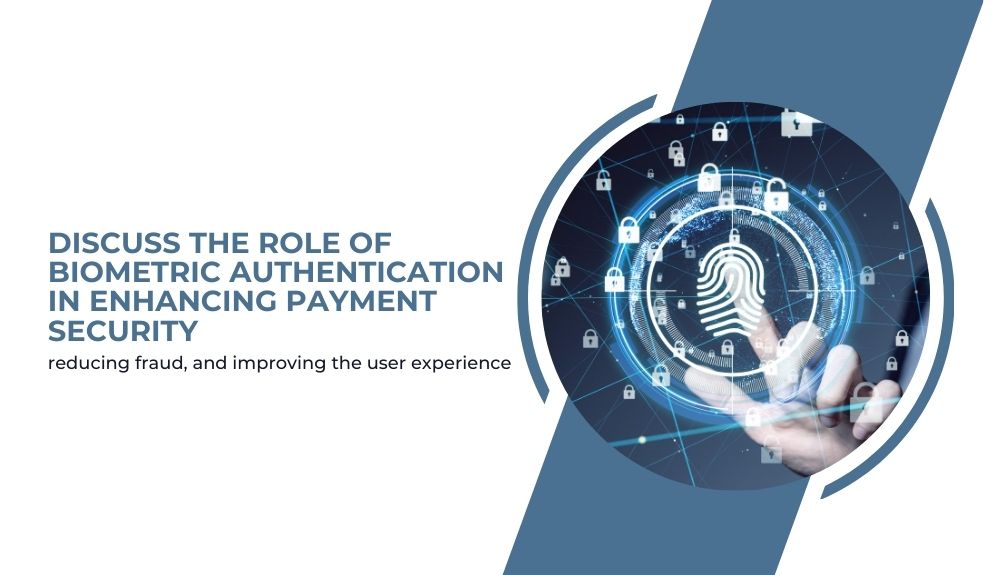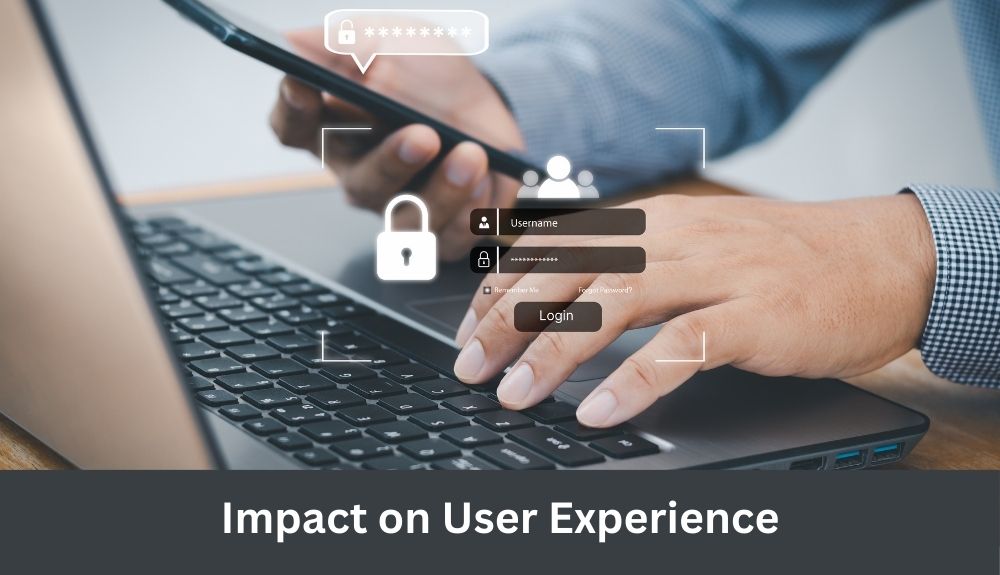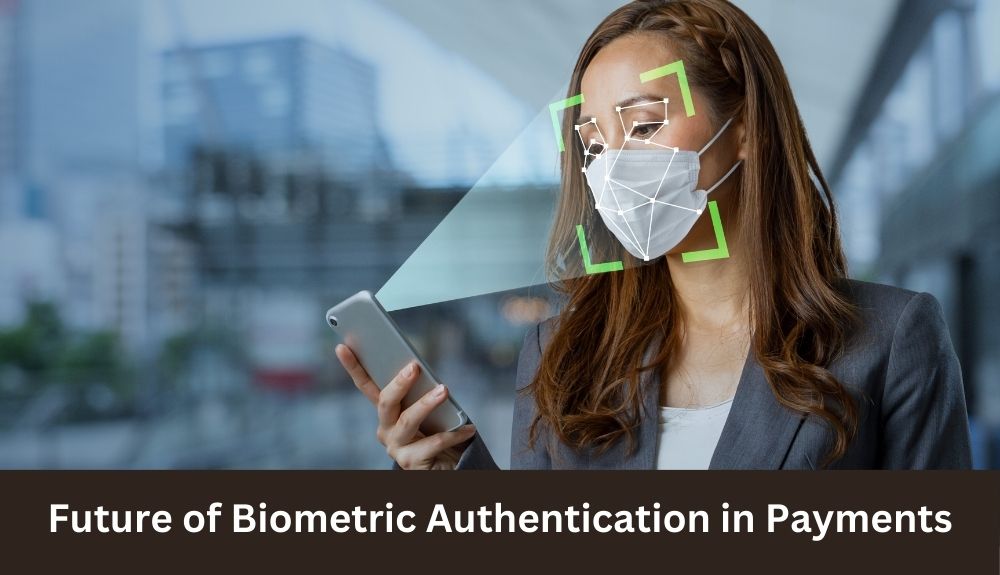
By max March 28, 2024
Welcome to the future of payment security, where your unique biological traits become the key to safeguarding your transactions! Imagine a world where you can simply glance at your device or touch a sensor to authorize payments securely and effortlessly. Biometric authentication is revolutionizing how we verify our identities, making it harder for fraudsters to impersonate us. Let’s dive into how biometrics are reshaping the landscape of payment security while enhancing user experience.
How Biometrics Work for Payment Security
Biometric payment authentication leverages unique physical characteristics, such as fingerprints, facial features, or voice patterns, to verify a person’s identity. This technology adds an extra layer of security by ensuring that only the authorized user can access their accounts or make transactions.
When it comes to payment security, biometrics provide a more robust defense against fraud compared to traditional methods like passwords or PINs. Since biometric data is tied directly to the individual and cannot be easily replicated or stolen, it significantly reduces the risk of unauthorized access.
Moreover, biometric authentication offers a seamless and convenient user experience. Instead of remembering complex passwords or carrying physical cards, users can simply use their own body traits for quick and secure verification.
Biometrics play a crucial role in enhancing payment security while making transactions smoother and safer for consumers worldwide.
Advantages of Biometric Authentication in Reducing Fraud
Biometric authentication offers a cutting-edge solution to combat fraud in payment transactions. By utilizing unique physical characteristics like fingerprints, facial features, or iris patterns, biometrics provide an unparalleled level of security that is nearly impossible to replicate or steal.
This technology adds an extra layer of protection beyond traditional passwords or PINs, making it significantly harder for cybercriminals to gain unauthorized access to sensitive financial information. With biometric data being inherently personal and difficult to forge, the risk of identity theft and fraudulent activities is greatly reduced.
Moreover, biometric authentication minimizes the chances of card-not-present fraud since physical presence is often required for verification. This feature alone has led to a substantial decrease in fraudulent online purchases and unauthorized transactions.
The advantages of biometric authentication in reducing fraud are clear: heightened security measures that safeguard user identities and financial assets effectively.
Impact on User Experience

Imagine a world where you no longer need to remember countless passwords or carry multiple cards for payments. Biometric authentication is revolutionizing the way we interact with technology, making transactions more secure and seamless.
By using your unique physiological traits like fingerprints, facial recognition, or voice patterns, biometric authentication offers a level of security that traditional methods cannot match. This not only reduces the risk of fraud but also provides users with peace of mind knowing that their identity is protected.
The impact on user experience is significant. Gone are the days of fumbling through wallets or typing in complex passwords; now, a simple touch or glance can authenticate payments swiftly and securely. This convenience not only saves time but also enhances the overall transaction process.
With biometric authentication becoming increasingly integrated into everyday devices and services, users can expect a future where security and convenience go hand in hand. The possibilities are endless as this technology continues to evolve and shape our digital experiences for the better.
Types of Biometric Authentication Methods
Biometric authentication methods offer a diverse range of options to secure payments and enhance user experience. One common method is fingerprint recognition, where unique patterns on fingertips are used for verification. Another popular option is facial recognition, which analyzes facial features such as the eyes, nose, and mouth for identification purposes. Voice recognition technology uses vocal characteristics like pitch and tone to authenticate users.
Iris scanning involves capturing high-resolution images of the iris to verify identity accurately. Hand geometry biometrics measures the size and shape of hands for authentication. More advanced methods include vein pattern recognition that scans blood vessels in the palm or finger.
Each biometric method has its strengths and weaknesses, making it crucial to choose the most suitable option based on security requirements and user preferences.
Challenges and Limitations of Biometric Authentication
As with any technology, biometric authentication also comes with its own set of challenges and limitations. One common challenge is the issue of accuracy and reliability. Factors such as poor image quality or environmental conditions can affect the performance of biometric systems, leading to false rejections or acceptances.
Another limitation is privacy concerns. Some users may be apprehensive about providing their biometric data for fear of potential misuse or unauthorized access. Ensuring robust data protection measures and transparent privacy policies are crucial in addressing these concerns.
Interoperability is another challenge faced by biometric authentication systems. Different devices and platforms may not always be compatible, making it difficult for seamless integration across various payment channels.
Furthermore, there’s a risk of spoofing or impersonation using fake fingerprints or facial images to bypass biometric security measures. Continuous advancements in anti-spoofing technologies are essential to mitigate this risk effectively.
While biometric authentication offers significant advantages in enhancing payment security and user experience, addressing these challenges will be key to realizing its full potential in the future.
Future of Biometric Authentication in Payments

The future of biometric authentication in payments is promising, with advancements in technology paving the way for even more secure and convenient transactions. As we move towards a more interconnected digital world, biometrics offer a seamless and efficient way to verify identities.
In the coming years, we can expect to see an increase in the use of biometric methods such as facial recognition and fingerprint scanning across various payment platforms. These technologies not only enhance security but also provide a user-friendly experience that consumers appreciate.
With ongoing research and development, biometric systems are becoming more sophisticated and accurate, making them increasingly reliable for preventing fraud. As cyber threats continue to evolve, leveraging biometric data could be key in staying one step ahead of malicious actors.
As businesses continue to prioritize customer convenience and security, integrating biometric authentication into payment processes will likely become the new standard. The future holds exciting possibilities for how biometrics will shape the landscape of financial transactions.
Conclusion
In the rapidly evolving landscape of payment security, biometric authentication stands out as a powerful tool in combating fraud and enhancing user experience. With its ability to provide secure and convenient identification through unique biological traits, biometrics offer a robust solution for safeguarding sensitive financial transactions.
As advancements continue to drive innovation in biometric technology, we can expect to see even greater adoption across various industries. The future of payments is undoubtedly intertwined with the seamless integration of biometric authentication methods, promising a more secure and user-friendly experience for consumers worldwide. Embracing this cutting-edge technology will not only strengthen security measures but also pave the way for a more efficient and personalized payment ecosystem.
Stay tuned as we witness the transformative impact of biometrics on payment security, fraud prevention, and user satisfaction in the years to come. Join us on this exciting journey towards safer transactions and enhanced digital experiences powered by biometric authentication.
